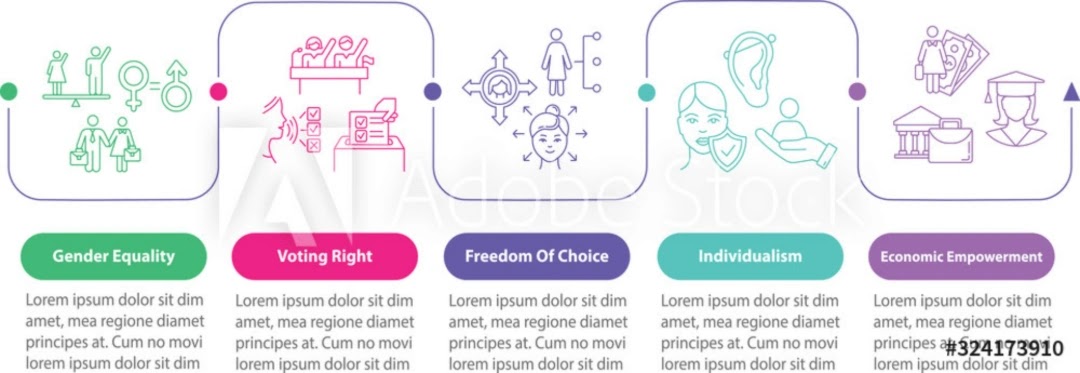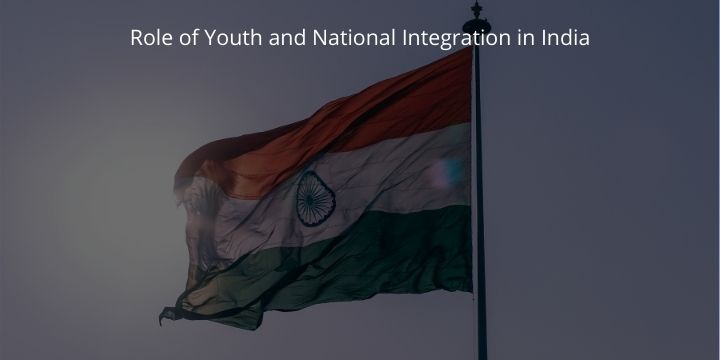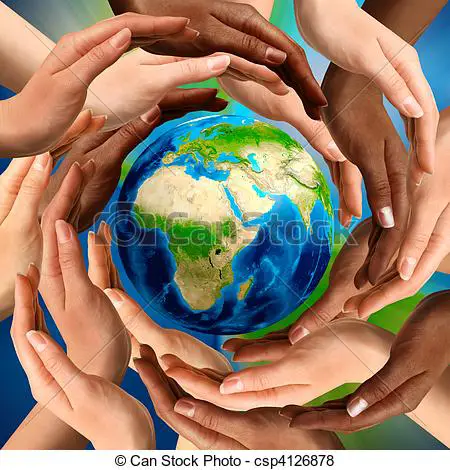Women Empowerment in India | Obstacles and the Role of Government
,

‘Empowerment’ refers to the ability of the person from whom he/she attains this ability in which he/she can take all decisions related to his / her life. Also, in the empowerment of women, we are talking about the same capacity where women are free from all levels of family and society and their decision-makers are themselves.
What is women’s empowerment?
Empowerment of women can be defined in very simple terms that makes women powerful so that they can make all decisions related to their lives well in the family and society. Empower women to achieve their real rights in society
Why is there a need for women’s empowerment in India?
The need for women empowerment arose in India because India had a male-dominated society since ancient times. Women were pressured by their own families and society for various reasons and were subjected to various forms of violence and discrimination in the family and society, which is seen not only in India but also in other countries.
For women in India, old and wrong tendencies in society were molded into new customs and traditions from time immemorial. To honor women in Indian society, it is a tradition to worship ladies as a mother, sister, daughter, wife, but this does not mean that only by worshiping women is the need for the development of the country met. Today it is necessary that half of the country’s population, that is, women, be empowered in all fields that will become the basis of the country’s development.
People of different religions live in Indian society. Women have been given a different place in each religion, which has been helping people to continue many wrong actions (mental and physical) against women,
Ancient Indian society, along with other discriminatory practices, was a tradition of city brides, dowry, sexual violence, domestic violence, the murder of girls in the womb, purdah, sexual exploitation in the workplace, child labor, child marriage, and the devadasi system. The reason for this type of misconduct is that women in society consider themselves inferior to men.
Obstacles on the path to women’s empowerment in India
1.Gender Inequality
In India, women continue to be discriminated against at the gender level. In many areas, women are not even allowed to go out for education and employment. With this, they do not have the freedom to work freely or spread through the family.
Women are considered less than men in all tasks. This type of discrimination worsens the social and economic condition of women and also affects the goal of women’s empowerment in a negative way.

2. Inequality in payments
Women in India are paid less than their male counterparts, and the problem is even worse in the unorganized sector, especially in places with daily wages. Women are paid significantly less than men despite doing the same amount of work at the same time.
Such actions demonstrate the disparity of power between women and men. Women working in the organized sector are paid less than men, despite having the same experience and qualifications as their male counterparts.
3. Illiteracy
Problems such as illiteracy among women and the omission of intermediate studies are also important obstacles to the empowerment of women. Although in urban areas, girls are equal to boys in terms of education, in rural areas, they lag far behind in this case.
India’s female education rate is 64.5 percent, while men’s education rate is 81 percent. Many rural girls who go to school also lose their education and cannot pass even the tenth standard.
4. Child marriage
Although in recent decades, effective government decisions have reduced the prevalence of child marriage in India to a great extent, in 2018 a UNICEF report shows that India still has around 1.5 million girls each year. Marriage takes place before the age of 18, due to early marriage, a woman’s development stops and she cannot mature physically and mentally.
5.Social norms
Due to old orthodox ideologies, many areas of India are prohibited from leaving their homes. In such areas, women are not free to leave the house for education or employment. By living in such an environment, women are inferior to men and do not change their current social and economic conditions.
6. Physical abuse in the workplace
Exploitation in the workplace is also a major obstacle to the empowerment of women. Private sectors such as service industries, software industries, educational institutions, and hospitals are the most affected by this problem. This creates more problems for women due to the dominance of male prominence in society. In the recent past, there has been a rapid increase in harassment of women in the workplace and there has been an increase of about 170 percent in recent decades.
7. Female fetish
Feticide or gender-based female abortion is one of the biggest obstacles on the road to women’s empowerment in India. Female feticide refers to gender-based feticide, whereby female fetish is aborted without the mother’s consent.
Due to female feticide, there has been a big difference in the sex ratio between men and women in states like Jammu and Kashmir and Haryana. These affirmations of our empowerment of women will not come true until we can eradicate the problem of female fetish.
8. Crimes against women
Serious crimes such as dowry, honor killings, and trafficking are seen against Indian women along with much domestic violence. However, it is quite strange that women in urban areas are more prone to criminal attacks than women in rural areas. Even working women do not use public transport late at night due to their safety.
In the true sense, the empowerment of women can only be achieved when the safety of women can be guaranteed, and, like men, they can come freely without any fear.
Government’s role for women’s empowerment in India
- Mahila Shakti Kendra
- Reservation for women in Panchayati Raj schemes
- Beti Bachao Beti Padhao Yojana
- Women Helpline Scheme
- Ujjwala Scheme
The conclusion
As India attained one of the fastest developing economies, India needs to focus on fulfilling the objective of women empowerment. We need to understand this work of women while highlighting this because only through this, economic progress and gender equality can be achieved in the country.




